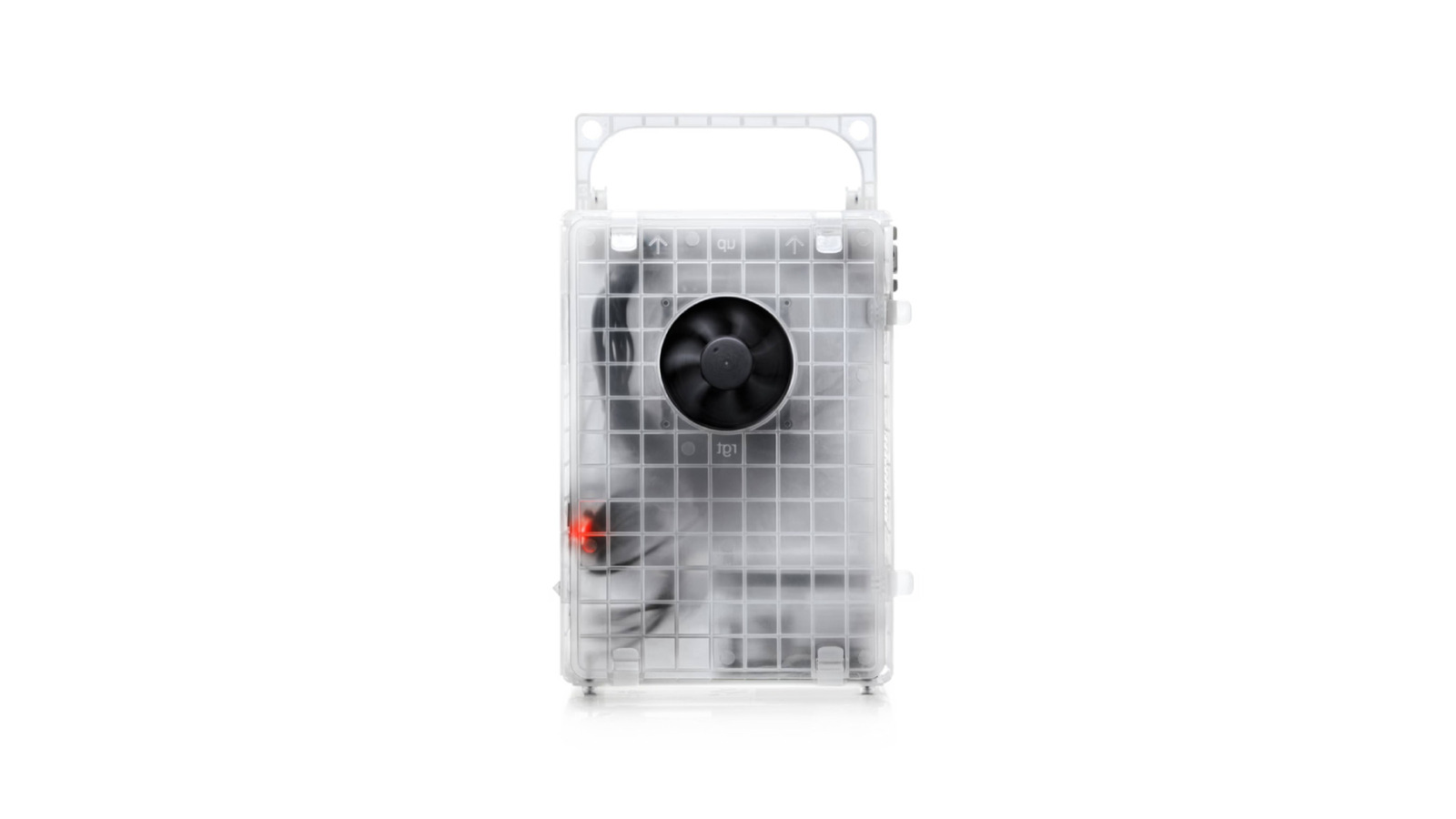AWS has expanded GuardDuty’s threat detection capabilities on EKS clusters, introducing new runtime monitoring features that use a managed eBPF agent to detect container-level threats. The update allows customers to identify suspicious behavior such as credential exfiltration, reverse shells, and crypto mining by analyzing system calls directly from the Kubernetes data plane. GuardDuty joins a growing set of cloud-native security services that embed workload protection into infrastructure through managed integrations rather than user-deployed agents.
Traditional agent-based threat detection in Kubernetes has long faced criticism for adding complexity, requiring elevated privileges, and increasing the attack surface. Agents can be difficult to deploy in managed environments and often consume valuable node resources.
Vendors like Orca Security and Wiz pioneered agentless cloud security by integrating via cloud APIs and snapshots rather than runtime hooks. This approach provides broad visibility—across virtual machines, containers, storage, and IAM configurations—but can miss real-time behaviors requiring OS-level introspection.
GuardDuty takes a hybrid approach. While still using an agent—a DaemonSet deployed to the EKS cluster—it is fully managed by AWS. Customers do not have to install or maintain the agent, and it runs outside the application context, avoiding sidecar or in-container deployments. This approach allows for more granular runtime visibility at the container level.
Open-source projects like Falco and Cilium Tetragon have also explored eBPF-based threat detection, offering powerful capabilities but requiring manual deployment, tuning, and ongoing maintenance. GuardDuty abstracts that complexity for teams operating within the AWS ecosystem.
The service continuously consumes system-level telemetry, analyzing patterns for anomalous or malicious behavior, and publishes findings to the GuardDuty console and EventBridge for integration with incident response workflows.
This telemetry is streamed from the data plane, where it’s enriched with context (such as pod metadata, image IDs, and namespace) and analyzed by GuardDuty’s detection engine.
AWS claims the extended suite of telemetry can detect suspicious binary execution, known crypto-mining tools, network connections to threat actors, and potential credential exfiltration.
The feature is currently accessible to users when either EKS Protection or Runtime Monitoring is enabled.
GuardDuty’s EKS extension reflects a broader industry trend: cloud providers are embedding threat detection deeper into their managed infrastructure and offering built-in security capabilities that reduce the need for customer-deployed agents. Microsoft Defender for Containers supports agentless scanning of Azure Kubernetes Service (AKS), while Google Cloud’s Security Command Center includes Kubernetes threat detection through Event Threat Detection (ETD).
This shift is not coincidental. The 2024 State of Kubernetes Security Report highlights that complexity and configuration overhead remain key barriers to adopting Kubernetes security solutions. In this context, GuardDuty’s Extended Threat Detection signals a move toward embedded, opinionated defenses—designed to reduce friction while preserving deep runtime visibility.










